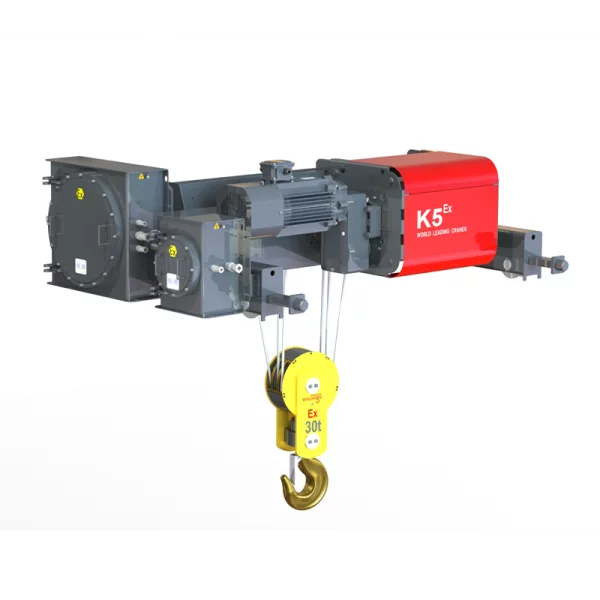Crane inspections are vital for ensuring the safety and efficiency of lifting operations in many industries. For companies reliant on hoist equipment supplies, understanding the two essential parts of frequent crane inspections is paramount. This article will discuss these components, emphasizing their significance and how they relate to crane hoist manufacturers.
Visual Inspections
The first part of a frequent crane inspection is the visual assessment. During visual inspections, operators and maintenance personnel closely examine the crane’s exterior and internal components. This includes checking the condition of hooks, cables, and structural elements for signs of wear, corrosion, or deformation. Early detection of these issues is crucial to prevent accidents and equipment failure.
Companies that use hoist equipment supplies greatly benefit from regular visual inspections. These assessments help identify potential hazards and ensure compliance with safety regulations. Crane hoist manufacturers often stress the importance of visual inspections to their clients, as these steps contribute significantly to long-term operational safety and efficiency.
Functional Tests
The second essential component of frequent crane inspection involves functional testing. While visual inspections focus on the physical state of the crane, functional tests evaluate its operational capabilities. This process includes verifying load limits, assessing the responsiveness of controls, and testing emergency systems to ensure they function properly under operational conditions.
Functional tests are critical because they confirm that all systems work as intended. Companies leveraging hoist equipment supplies must ensure that their cranes perform optimally, especially in high-demand situations. Crane hoist manufacturers understand the necessity of routine functional tests and often assist companies in implementing these evaluations efficiently.
Conclusion
In conclusion, the two main parts of frequent crane inspection—visual inspections and functional tests—are crucial for maintaining safety and efficiency in lifting operations. Companies relying on hoist equipment supplies can significantly benefit from understanding and implementing these inspection types. For those interested in advanced lifting solutions, WORLDHOISTS specializes in Explosion Proof & Specialized Hoists. Their products are tailored for demanding industrial applications, ensuring safety and reliability in hazardous environments.

